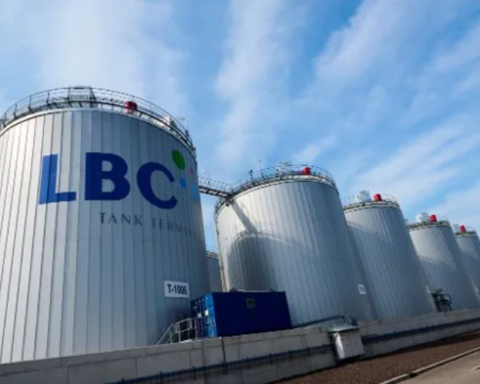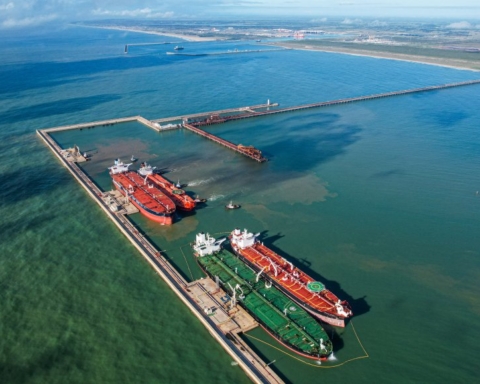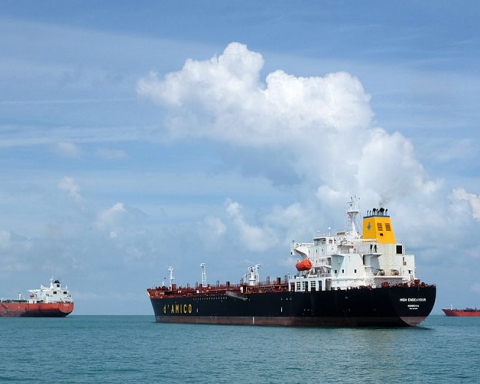Last Sunday, the Organization of 23 Oil Producing Countries (OPEC+) negotiated a new production cutback, reporting a reduction of 9.7 million barrels per day. The measure was taken in response to the excessive drop in barrel prices.
It is a fact that the Coronavirus has paralyzed air and land travel, contributing to the fall in demand for petrol and bringing crude oil prices down to historic lows. Not everything, however, can be explained by the ongoing emergency situation and the shutdown of production activities that has been affecting many European and non-European countries over the past few weeks.
We have seen that OPEC’s decision has not yet helped to raise the WTI and Brent prices as expected. Why is that? Analysts explain that the reductions are not sufficient to compensate for the oversupply. The market was already consuming 20 million barrels a day less than usual. Reducing supply by 9.7 million barrels a day has not solved the problem.
“We must not forget when this new shock began: crude oil prices had started to drop even before the spread of Covid-19. By March, black gold had already fallen below $20 a barrel,” Ennio Palmesino told Port News.
Mr. Palmesino, a broker with more than 40 years’ experience in the sector, explains how low-cost energy is a huge driver for the world economy: “There are two conflicting forces on the world energy scene today. If, on the one hand, the spread of the Coronavirus has led to a drastic drop in demand, on the other hand the fall in the price of crude oil, which was prior to the spread of the pandemic, has encouraged new speculation.”
Recently we have seen many countries, such as China, take advantage of the recent drop in prices to start buying oil to increase state reserves. We should also consider that “cheap crude oil attracts not only businesses, which are still mostly closed today, but also speculators, who have started buying black gold with the aim of selling it later at much higher prices.”
First the storage facilities on land were filled, then these speculators started to charter ships and turn them into floating oil deposits: “There has been a real hunt for bigger ships. Someone even went so far as to predict that by the end of the year 200 VLCCs (Very Large Crude Carriers) would be chartered solely for storage purposes. That would be a quarter of the world fleet. Certainly, the first 40/50 ships were already taken off the market in the first two weeks of March.”
The profits for those who do this kind of activity are enormous: “Crude oil is a market subject to intense speculation at the moment: buying today at a hundred means hoping to sell tomorrow at even double the price. And that’s what Glencore has done, for example. Recently it chartered the largest existing tanker, Europe, for six months to store 440 thousand tons of oil. The company has invested 100 million dollars with the expectation of earning at least 150 million dollars in a few months”.
This is why tanker charter rates continue to remain high, despite a reduced demand for crude oil transportation: “Removing tonnage from the market for storage will keep charter rates high for the next few months.”
Moreover, cheaper fuel has prompted shipping companies to extend their sailings: “Today it is better to consume more fuel, but at a lower price, and go around the Cape of Good Hope twice rather than paying the toll to cross the Suez Canal. This is tonnage taken away from the market for a longer time”.
But how long will all this last? “Usually stocks of crude oil are sold month-by-month, at each monthly rollover the position on the expiring contract is closed and another one is opened at a new higher price on the contract for the following month. Most of the crude oil to be delivered in November, and already in stock, will be sold in early October, by which time it is plausible that OPEC will have brought the barrel price back to $30-35. This will lead to a slowdown in demand for storage and, as a result, lower freight rates.”
Translation by Giles Foster




